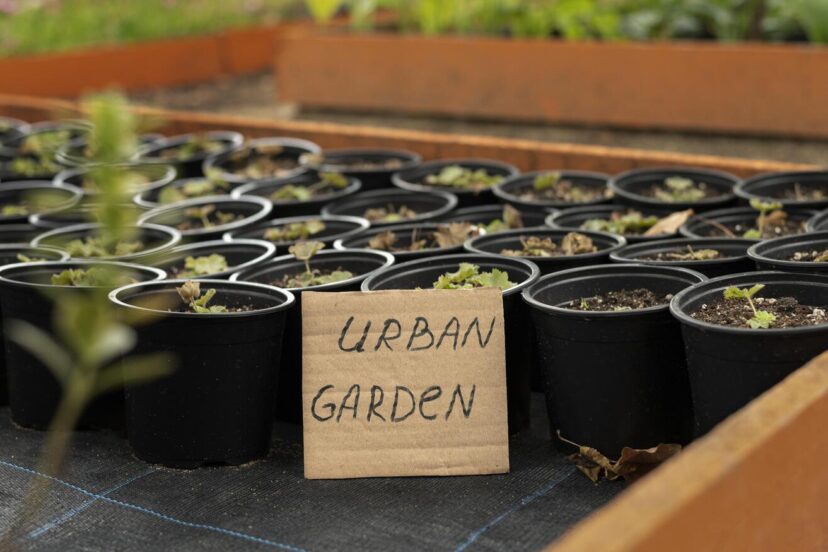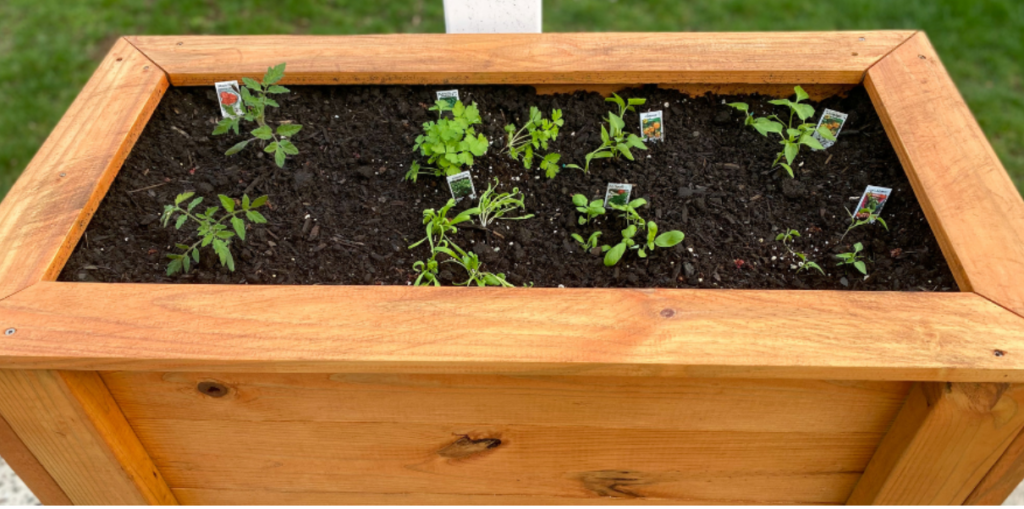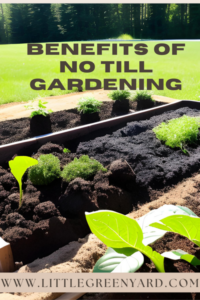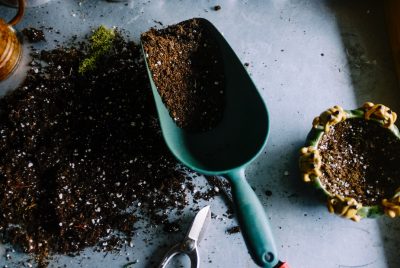No Till Gardening: Cultivating a Thriving Garden with Minimal Disturbance
Imagine a garden where you sow less but reap more – where the soil is teeming with life and your plants thrive without the need for back-breaking tilling. This is the world of no till gardening, a sustainable and time-saving technique that can revolutionize the way you cultivate your garden. In this article, we will explore the secrets behind no till gardening, its benefits, and how you can get started on your own journey towards maximizing garden productivity. From understanding the basics to troubleshooting common issues, we will guide you through every step of the process. Get ready to unlock your garden’s full potential and reap the rewards of a more sustainable and bountiful harvest.
What is No Till Gardening?
Also known as no-dig or no-digging gardening, No Till Gardening is more than just a gardening technique – it’s a holistic approach to nurturing the soil and plants in your garden. Understanding the principles behind no till gardening is essential to fully grasp the benefits it can bring to your gardening efforts. This is an organic method that emphasizes minimal disturbance to the soil ecosystem. Unlike traditional practices that involve tilling and turning the soil, no till gardening aims to preserve the natural structure and fertility of the soil by avoiding mechanical interventions.
Benefits of No Till Gardening
No till gardening offers a wide range of benefits for both the soil and the plants in your garden:
- Soil Health: By not disturbing the soil, you preserve its structure and composition, promoting healthier soil biology. This leads to better water retention, nutrient cycling, and overall soil fertility.
- Erosion Prevention: One of the primary benefits is reduced soil erosion since the soil is not exposed to the elements. This helps maintain soil integrity and prevents loss of topsoil, which is rich in nutrients.
- Water Conservation: No till gardening requires less water because the soil structure remains intact, allowing for better water retention. This is especially beneficial in areas prone to drought or with limited water resources.
- Weed Suppression: No till gardening can help suppress weed growth since disturbing the soil can bring buried weed seeds to the surface where they can germinate. By leaving the soil undisturbed, weed seeds are less likely to germinate, reducing the need for manual weeding or herbicides.
- Time and Labor Savings: Once established, no till gardens often require less time and labor compared to traditional gardening methods. There’s no need for tilling, which can be time-consuming and physically demanding.
- Carbon Sequestration: No till practices can contribute to carbon sequestration by keeping organic matter in the soil rather than releasing it into the atmosphere through tillage. This helps mitigate climate change by reducing greenhouse gas emissions.
- Cost Savings: Over time, no till gardening can lead to cost savings by reducing the need for expensive equipment and inputs like fuel and fertilizers. It can also lead to higher yields and healthier crops, further reducing overall costs.
- Biodiversity Preservation: No till gardening can support greater biodiversity in the soil, including beneficial microorganisms and insects. This can create a more resilient ecosystem and reduce the reliance on synthetic fertilizers and pesticides.
- Long-Term Sustainability: By promoting soil health and ecosystem resilience, no till gardening supports long-term sustainability by preserving natural resources and reducing environmental degradation.
Therefore, by avoiding the disruption of soil structure and minimizing weed growth, no till gardening can lead to healthier plants, increased biodiversity, and reduced erosion. Additionally, this method can help conserve moisture in the soil, reduce the need for chemical fertilizers and pesticides, and save time and effort in the long run. Embracing no till gardening can ultimately result in a more sustainable and productive garden for years to come.
Getting Started with No Till Gardening
No till gardening is suitable for gardeners of all experience levels, from beginners to seasoned enthusiasts. Whether you have a small backyard or a larger plot, anyone can adopt this method to create a thriving garden space. I strongly recommend this article that shares about vegetable garden ideas for small spaces!
Staring with no till gardening simply involves making a few adjustments to your gardening routine and mindset. Embracing this method means rethinking traditional practices and allowing nature to take its course in your garden. As you begin your journey into no till gardening, keep in mind that patience and observation are key.
Always remember to start small and gradually expanding your no till areas. Learn as you go and get to know what works best for your unique garden ecosystem. Transitioning to a no till approach may require some trial and error, but the rewards of healthier soil, increased biodiversity, and reduced maintenance will be well worth the effort. As you establish your no till garden, remember to stay open-minded and adaptable to the changes taking place in your garden. Maintaining a No Till Garden will require ongoing care and attention to ensure its long-term success.
Tips for Getting Started with No Till Gardening
1 Selecting the Right Garden Bed
Choose a suitable location for your garden. Ensuring that the garden bed receives adequate sunlight with well-draining soil and access to water. Consider the size of your garden and what you want to grow when planning out the layout. Raised beds or containers work well as they offer better control over soil quality and prevent compaction.
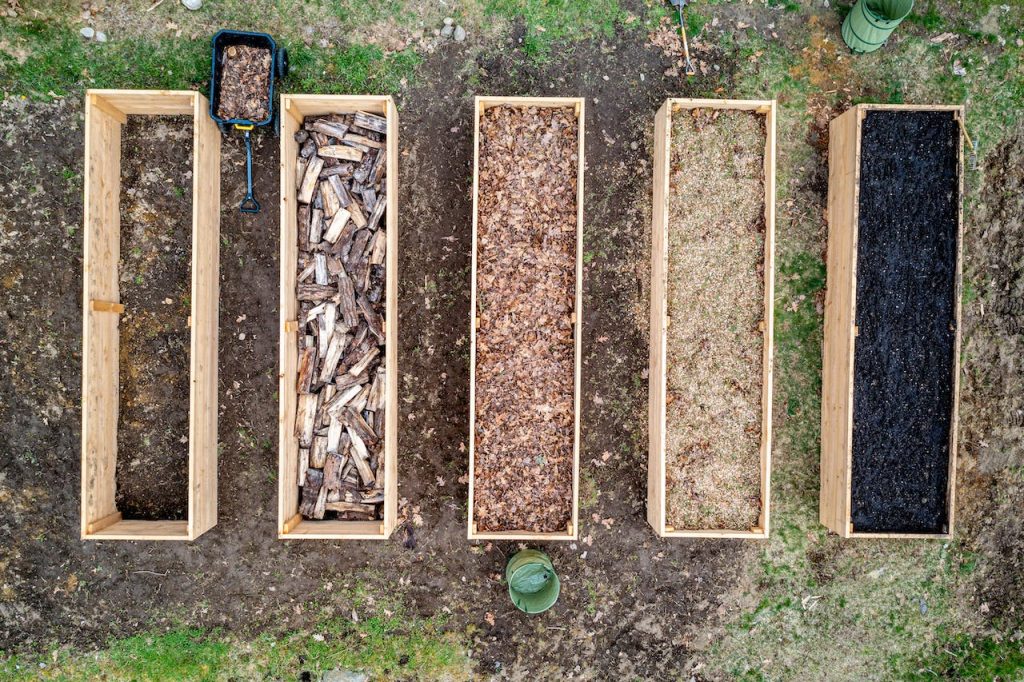
2 Gather your Tools and Preparing the Soil
Before starting, gather the necessary tools and materials, such as compost, mulch, and a hand trowel or gardening fork. It’s also helpful to have a rake or hoe on hand for weeding and maintenance. Assess the current state of your soil by testing pH levels and nutrient content, addressing any issues like compaction or drainage. Remove any existing vegetation and cover the soil with a thick layer of compost or organic matter. This helps improve soil health and structure, and also suppress weed growth with minimal soil disturbance.
Once the soil is prepared, you can begin planting your crops using the no till method. This sets the foundation for successfully implementing no till gardening practices and maximizing your garden’s productivity, setting the stage for maintaining a thriving garden over time.
3 Choosing the Right Plants
Select plants that are well-suited for no till gardening, such as perennial vegetables, herbs, and flowers. These plants adapt well to undisturbed soil environments and require less maintenance.
4 Mulching Techniques
Use organic mulch, such as straw, wood chips, or leaves, to cover the soil surface. Mulching helps suppress weeds, retain moisture, and regulate soil temperature.
5 Watering and Irrigation
Practice efficient watering techniques, such as drip irrigation or soaker hoses, to ensure that water reaches the roots without excessive evaporation.
Maintaining a No Till Garden
To maintain a no till garden, it is important to regularly add organic matter such as compost, mulch, or cover crops to help improve soil health and fertility. Avoid tilling or disturbing the soil, as this can disrupt the soil’s ecosystem and lead to weed growth. Instead of tilling, use strategies like regular mulching, hand weeding, and organic weed suppressants to keep weeds at bay.
Implement crop rotation to help prevent pests and diseases, while also replenishing nutrients in the soil. Regularly monitor your garden for any signs of nutrient deficiencies or pests, and take necessary actions to address them. By consistently caring for your no till garden and following sustainable practices, you can maximize your garden’s productivity and enjoy a thriving garden year after year.
Maximizing Your Garden Productivity
To maximize your garden productivity, focus on maintaining a healthy soil ecosystem by consistently adding organic matter and practicing crop rotation. Crop rotation is necessary to prevent nutrient depletion, manage pests and diseases, and promote overall soil health. Rotate your crops annually to maintain a balanced ecosystem.
By paying attention to the signs of nutrient deficiencies or pest problems and taking prompt action, you can ensure that your no till garden thrives.
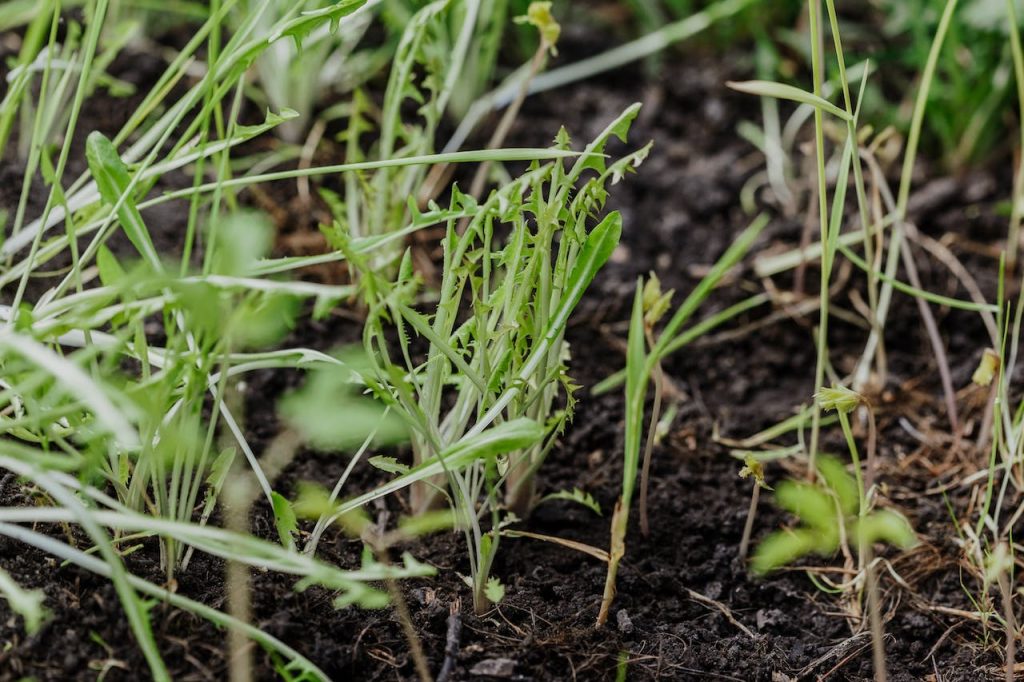
Pest and Disease Management
Implement integrated pest management techniques to control pests and diseases in No Till Gardens. Encourage beneficial insects, practice crop rotation, and use natural remedies whenever possible. Using organic pesticides, such as neem oil, can also minimize pest intrusions.
Troubleshooting Common Issues
Some common issues may arise in your garden despite your best efforts to maintain a healthy soil ecosystem. One common problem is weed invasion, which can compete with your crops for nutrients and water. To address this issue, regularly mulch your garden, hand-pull weeds, or use eco-friendly weed control methods. Another issue you may encounter is poor drainage, leading to waterlogged soil and root rot. To improve drainage, consider adding organic matter such as compost or vermiculite to your soil. Additionally, keep an eye out for signs of plant diseases or pest infestations, and promptly take action by removing infected plants or using natural remedies. By staying vigilant and addressing these common issues, you can maximize the productivity of your no till garden and enjoy a bountiful harvest.
Frequently Asked Questions
Q1. Can I use no till techniques in container gardening? Yes, you can adapt it into container gardening with appropriate soil preparation and management techniques.
Q2. How long does it take to see the benefits of no till Gardening? The benefits can be observed within a few months, but long-term improvements in soil health and plant vitality become more evident over time.
Q3. Can I use chemical fertilizers in no till Gardening? While chemical fertilizers can be used, it is recommended to focus on organic fertilizers and amendments to maintain the ecological balance of the soil.
Q4. Can no till Gardening be practiced in cold climates? Absolutely! This can be practiced in cold climates. Apply appropriate insulation techniques and choose cold-hardy plants for successful cultivation.
Q5. Is no till Gardening suitable for small spaces? Absolutely! Easily adaptable to small spaces, including balconies, rooftops, and community gardens, offering a sustainable and productive solution.
Conclusion
No Till Gardening presents a compelling alternative to traditional gardening methods, offering a sustainable and low-maintenance approach to cultivating a thriving garden. By embracing this method, you can increase crop yields, support biodiversity, and conserve water in your garden. Take the first step towards a more sustainable and productive garden today by implementing the techniques discussed in this article. As you sow less and reap more, let your garden flourish with the benefits of no till gardening. Remember, the key to a thriving garden lies in working with nature, not against it. Start your no till journey today and watch your garden bloom like never before.

